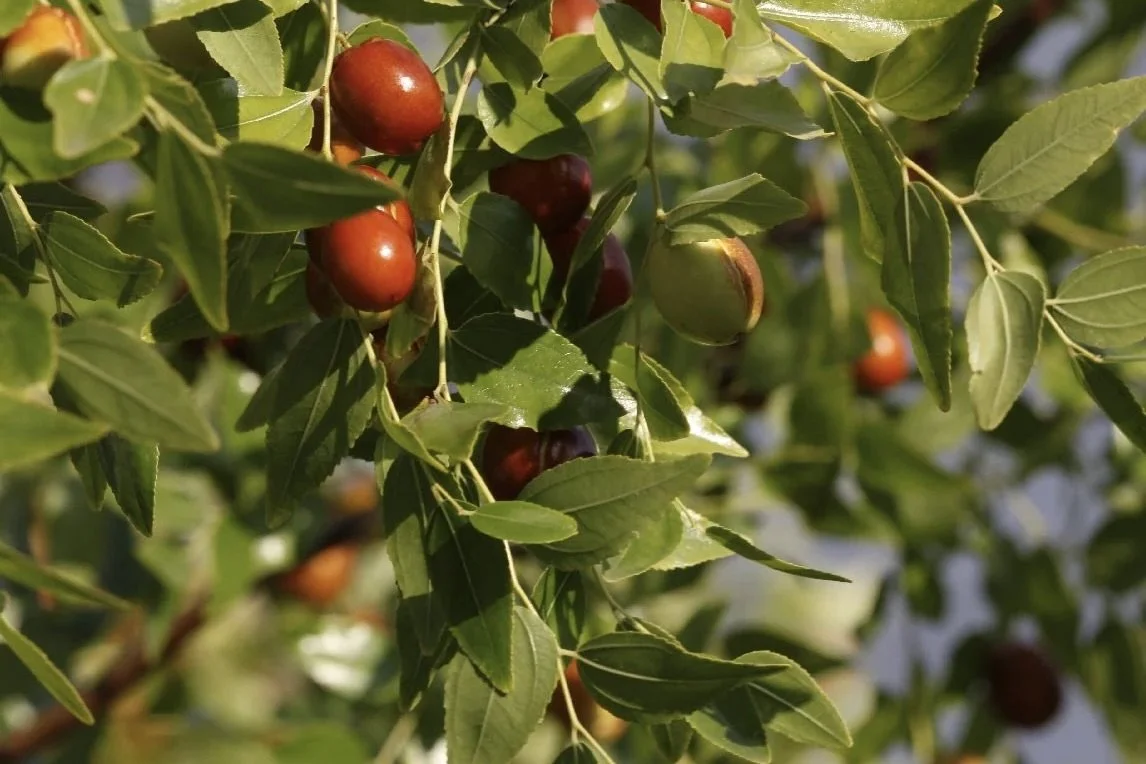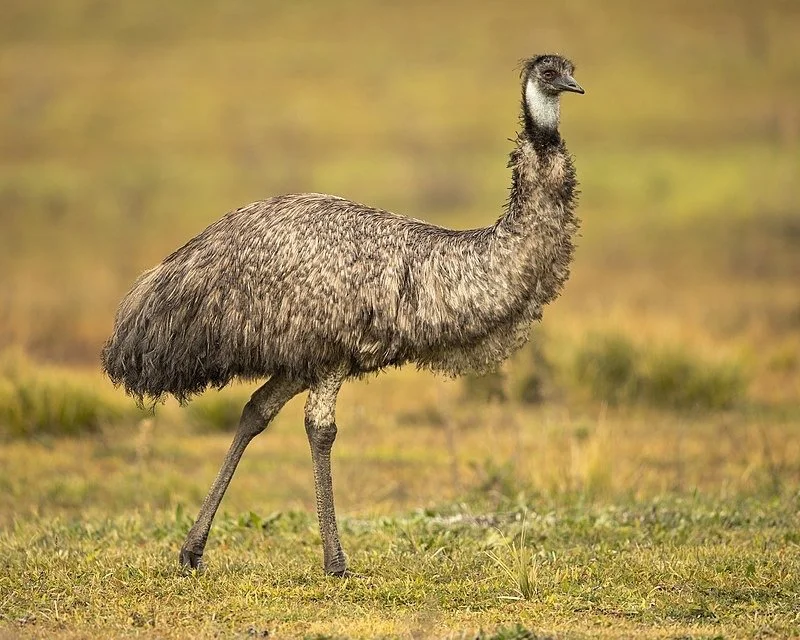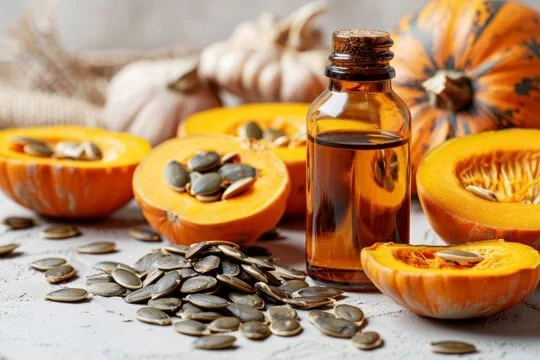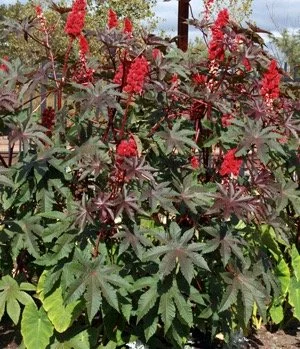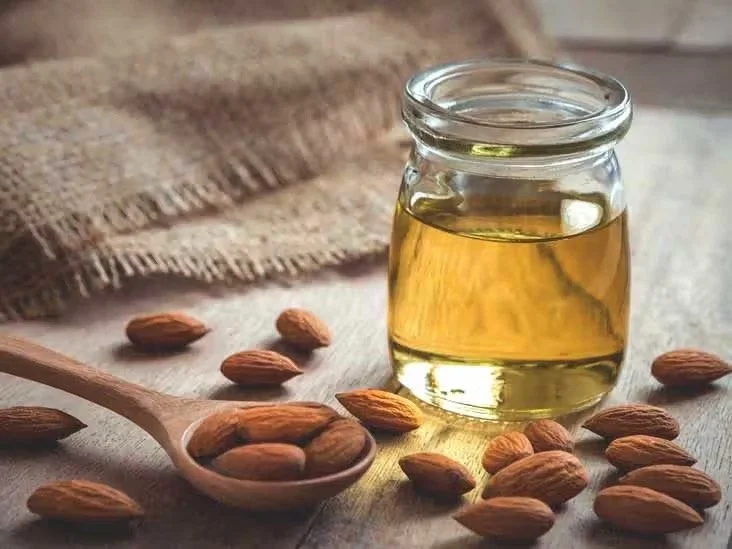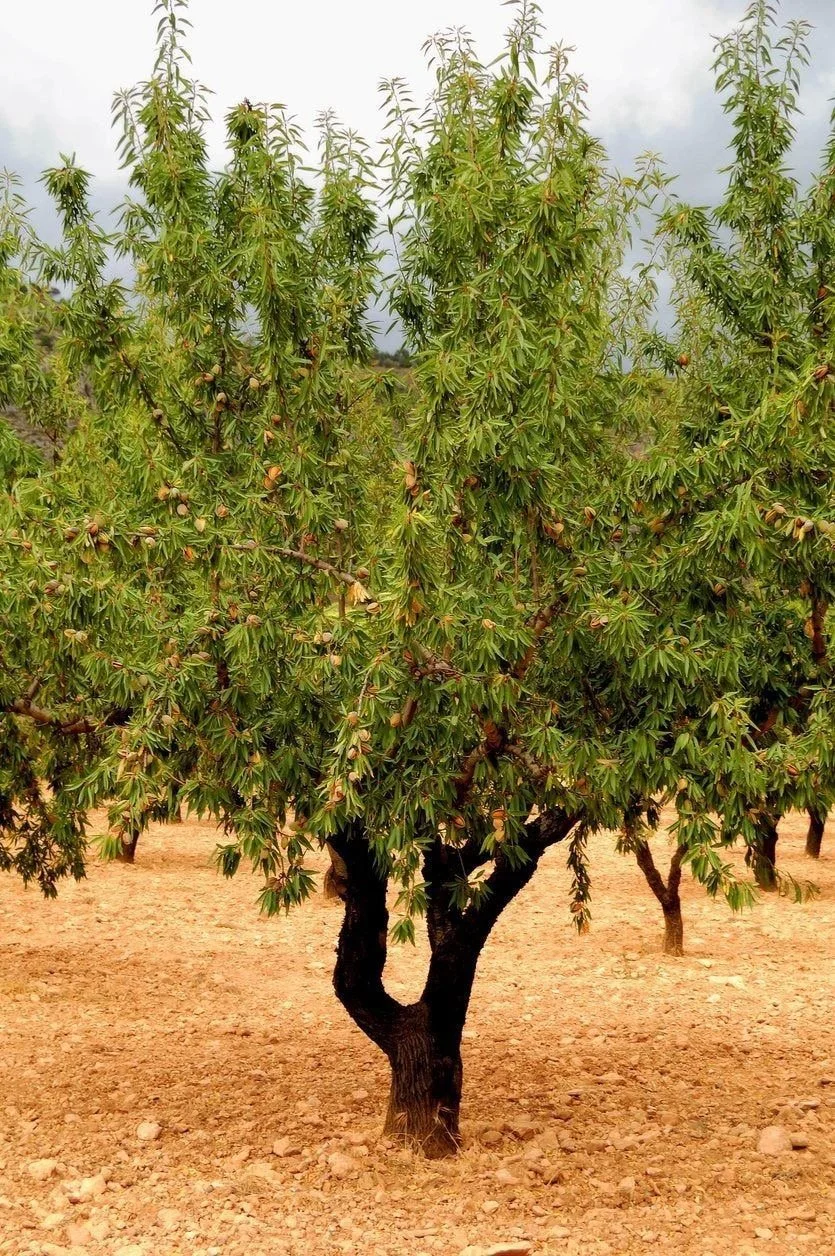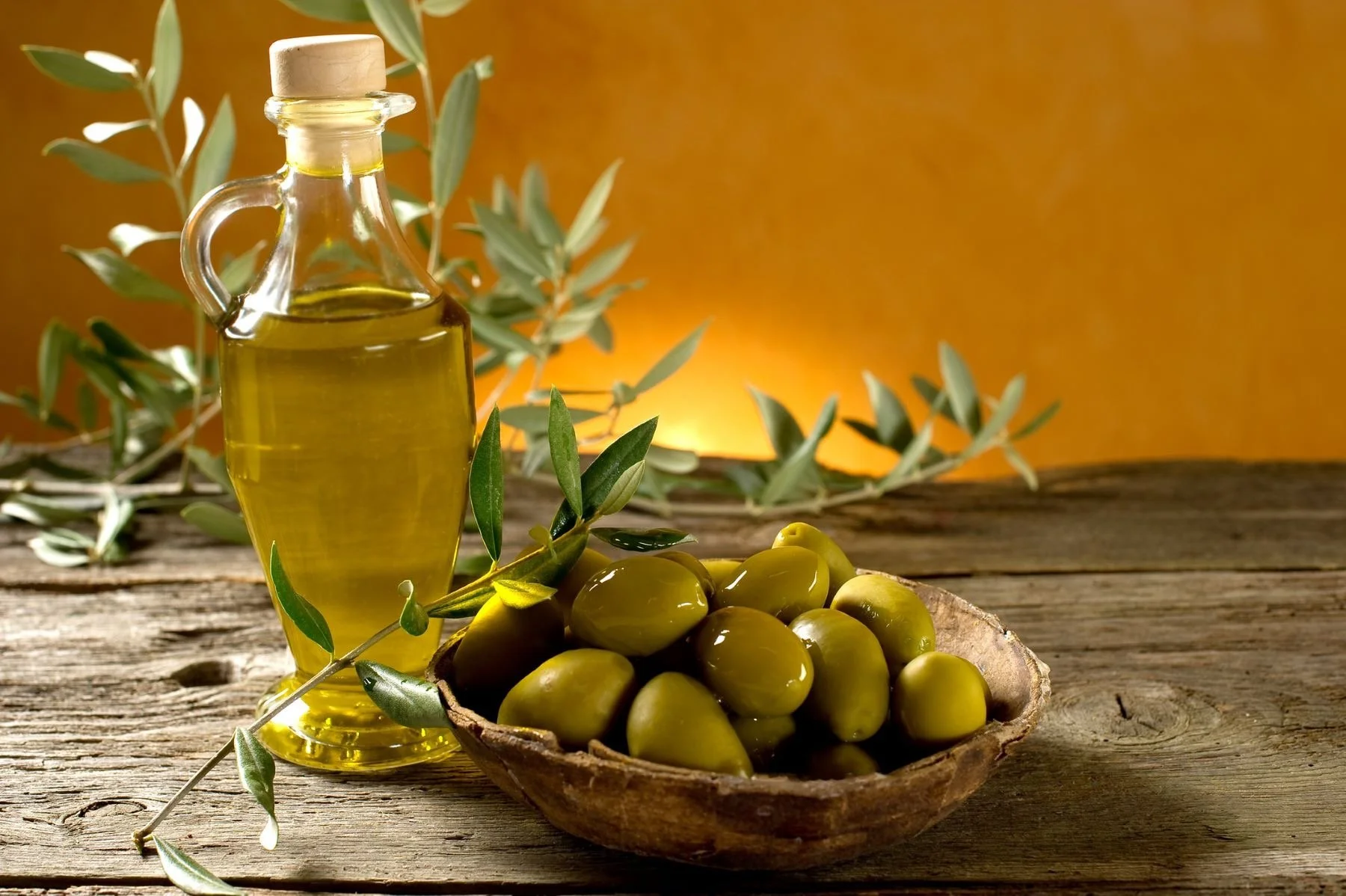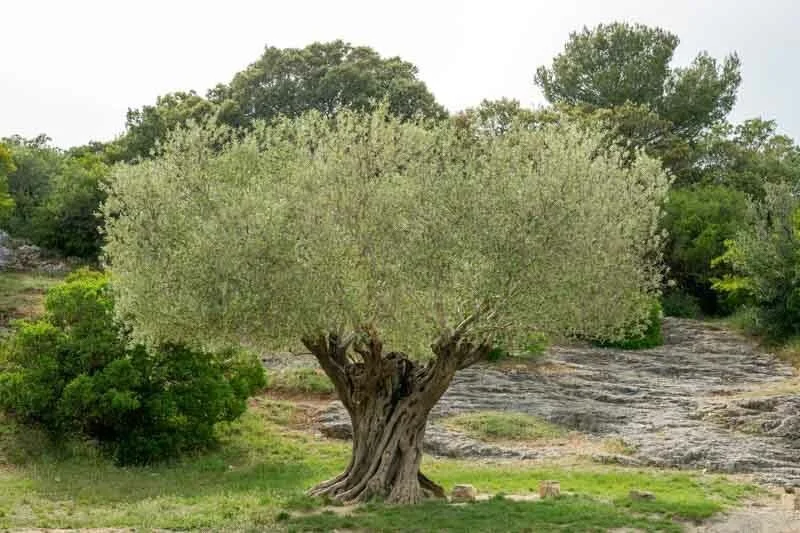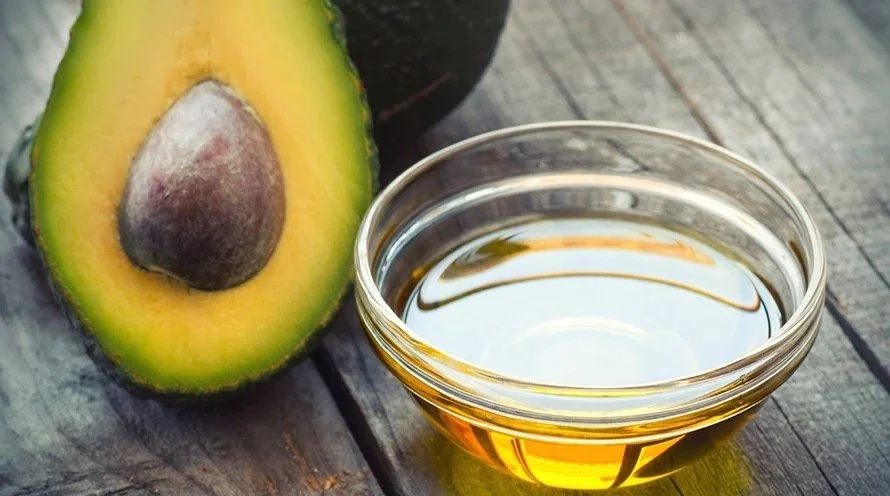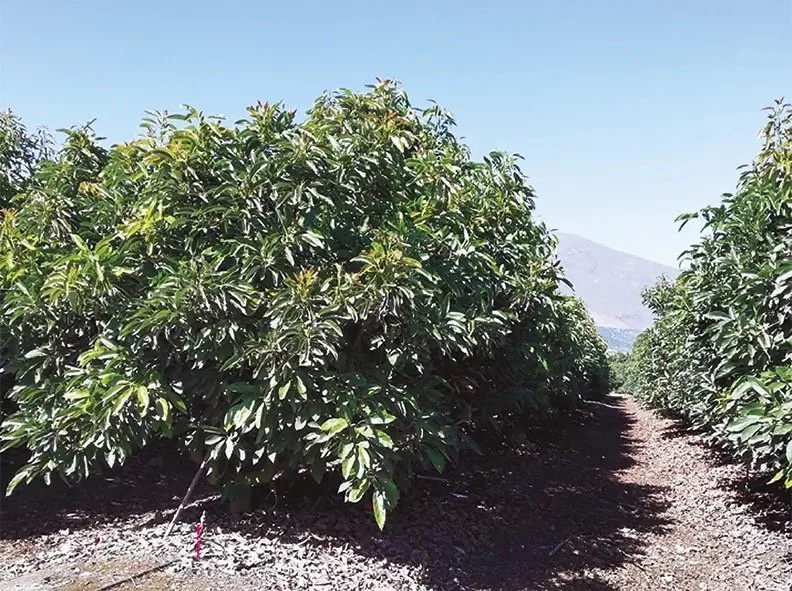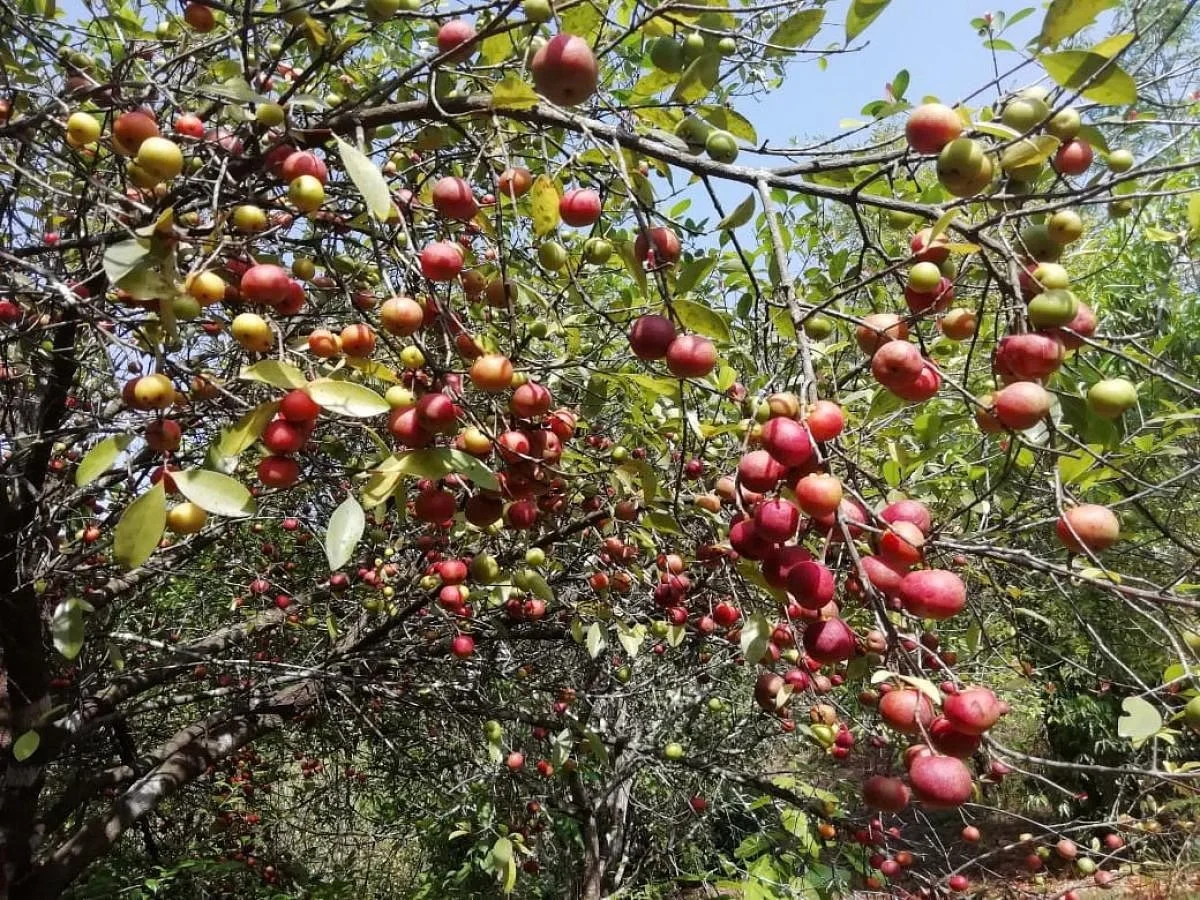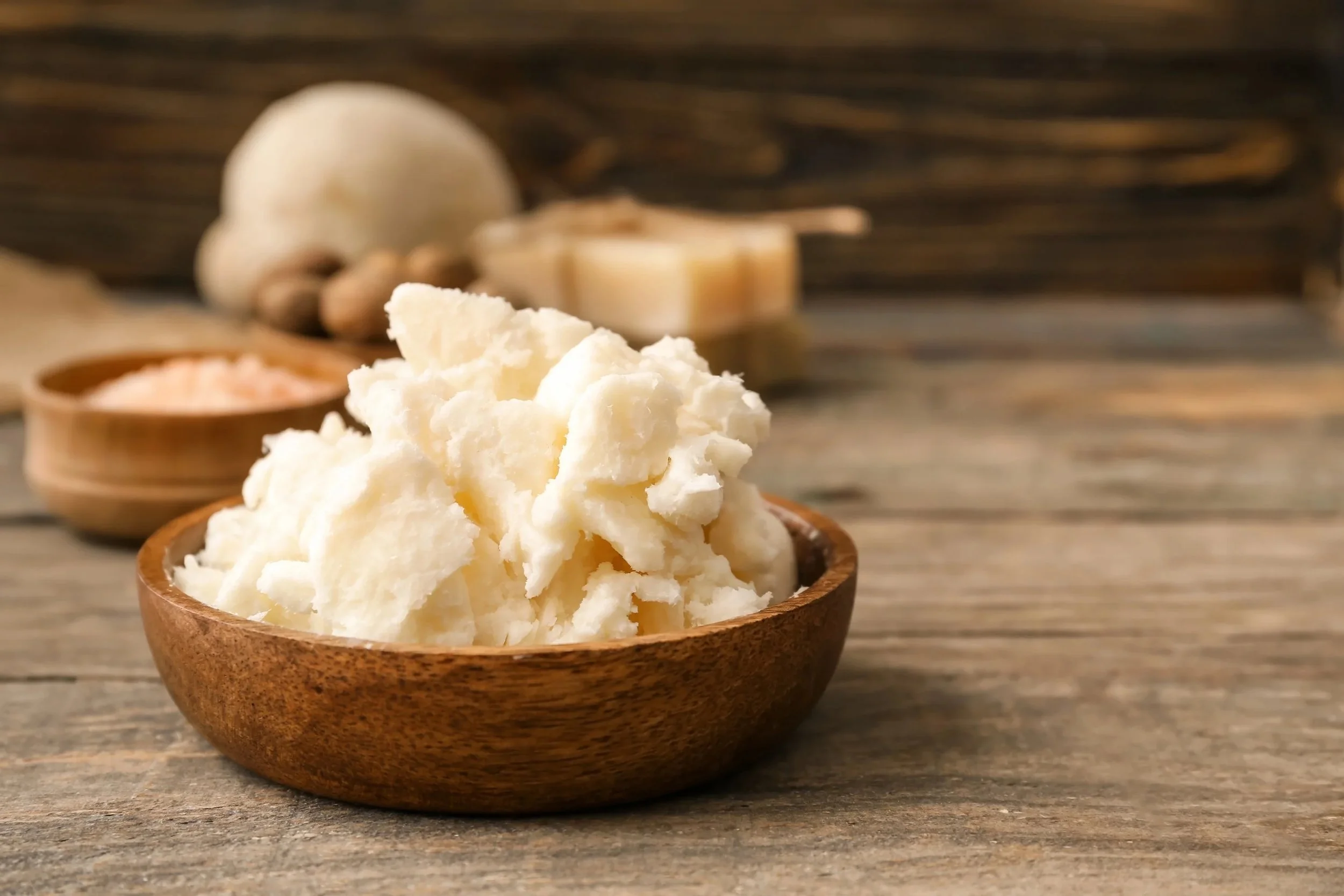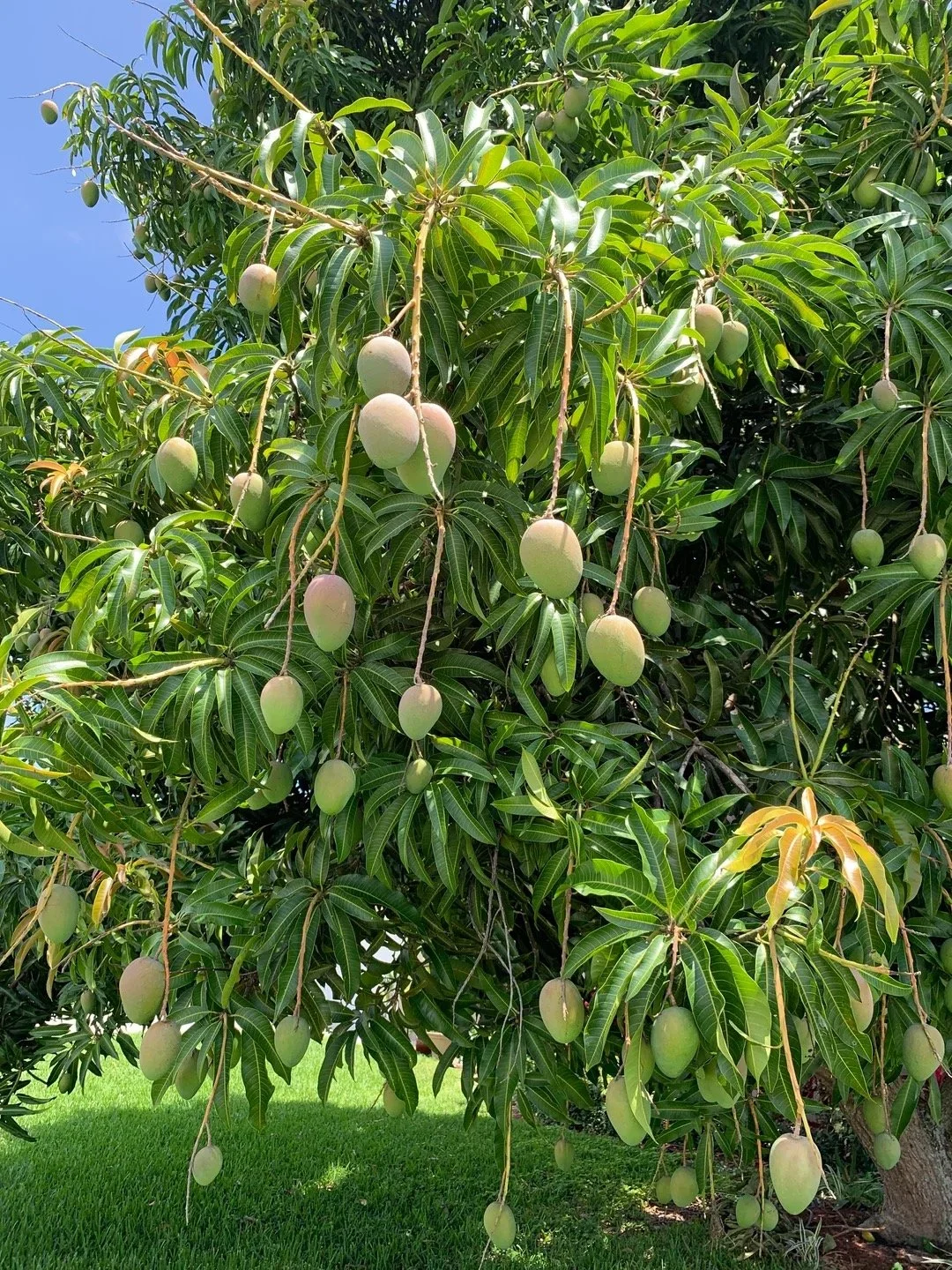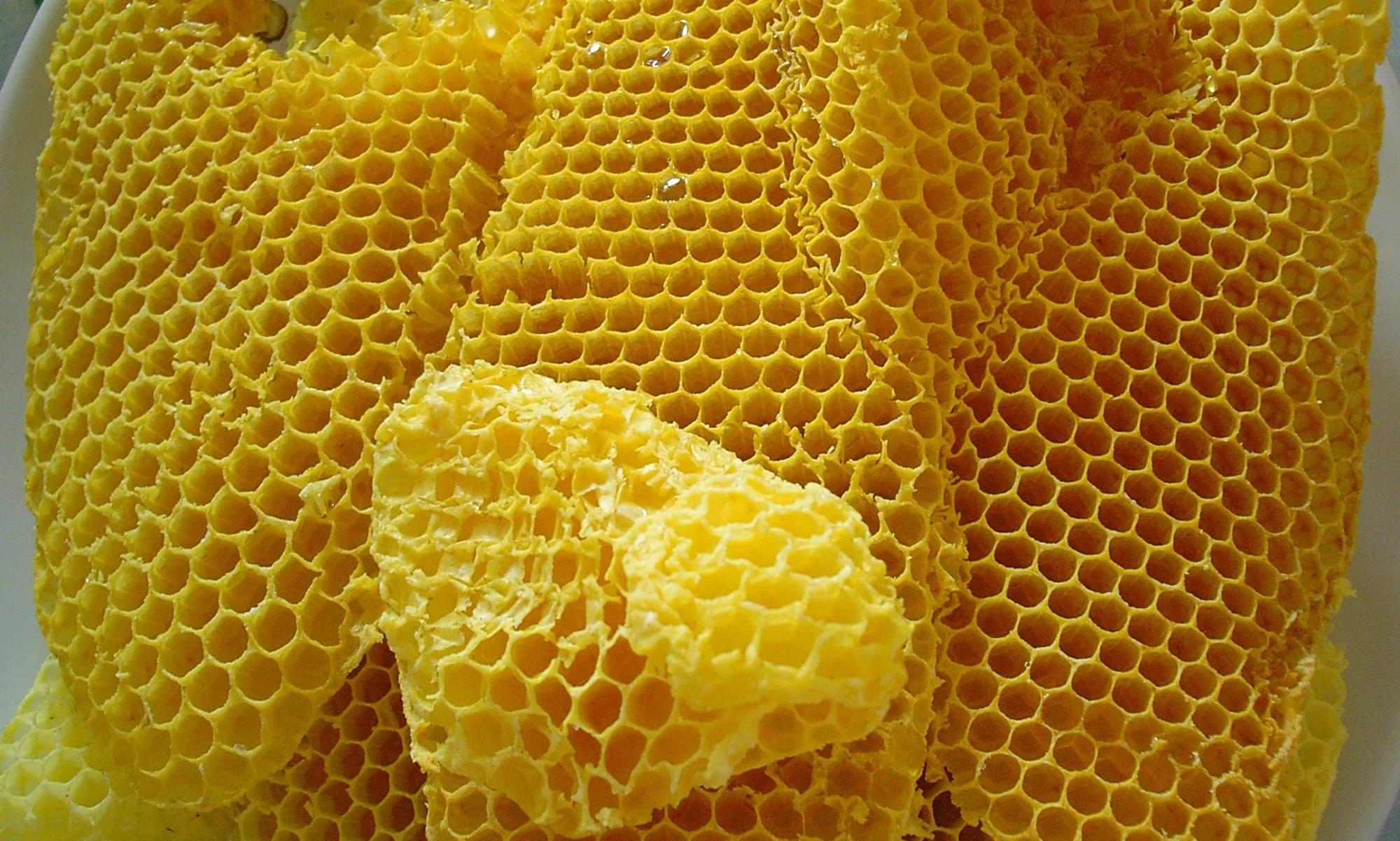comedogenic: 0-2
Jojoba Oil
Jojoba also known has goatnut (Simmondsia chinensis) is a native shrub that grows in the dry region of northern Mexico and southwestern United States. Jojoba oil is extracted by pressing from the seed not a nut. Jojoba oil is not an oil but liquid wax that offer plenty of benefits to the skin and hair and our health as well. Being safe and compatible for almost all skin types it makes a great oil for skin and hair care products.
Closes thing to our skin sebum jojoba oil has a lot of benefits to our skin and hair.
Humectant ingredient meaning attracts water/moisture to the top layer of the skin helping the skin rehydrated and moisturize.
Anti-inflammatory and healing properties an help reduce inflammation ,redness, dryness, flaking, itching, irritation , especially good if you get irritation and redness after shaving. Can help soothe sunburn and cuts if you shave.
Can be beneficial for people with eczema and psoriasis skin conditions.
Rich in vitamin E making antioxidant helping fight against fight free radicals and other skin conditions.
Great for hair health making it great to rejuvenate, moisturize, and strengthen hair. May help combat which can help with healthy skin and better beard growth.
Argan Oil
Argan trees which is part of the sapotaceae family is native to Morocco and is only located in southwest Morocco and south eastern Alegria. To extract the oil from the fruit it involves several process . The fruit is harvested. Argan oil is both for food and cosmetic use. Food grade Argan oil are from roasted seeds for cooking and cosmetic grade are typically from unroasted seeds. Ripe fruits are hand pick from May to August and sun-dried for a few weeks. Following the dry period, they’re peeled manually resulting in the Argan nut. Then the Argan nuts are broken open selecting and collecting the kernel of the fruit. The kernels are then gently roasted. Time is depending on color and odor of the kernel. The roasted kernels are crushed with a millstone, a bedstone and cone-shaped rotating piece. Then the oily dough is hand-ma laxed for several minutes. The dough slowly gets solid, releasing an emulsion from which argan oil is decanted. The final step is traditional oil extraction.
Argan Oil offers a lot of benefits for both the hair and skin. Even for health which makes it a overall great oil.
Rich source of antioxidants, fatty acids, and vitamin E making it beneficial for hair health.
Moisturizer and conditioner that penetrates deeply into the hair shaft. Helping combat split ends, frizz, and dryness. Leaving your hair healthy and soft.
Anti-inflammatory properties that can soothe and calm irritation improving scalp health, which helps to reduce dandruff, itching and redness.
Fatty acids that nourishes and strengthen hair follicles, promoting hair growth and thickness.
Reduces hair breakage and strengthen hair stands by providing deer hydration and protection from free radicals and other elements.
lightweight and non-greasy that absorbs quickly into hair.
Help protect against heat styling tools. Like dryer blower and flat iron reducing heat damage and preventing moisture loss.
non-comedogenic
Emu Oil
Emu oil comes from the emu bird. A flight less bird native to Australia. Emu are raised in farms that are dedicated to raising emus for their meat, feathers, and skin. Emu oil is just a by product. Emu oil is extracted from the thick layer of fat of their back. The emus fat is harvested then is melted and purified to remove impurities. Then the rendered fat is filtered to remove remaining solids or contaminants. It under gos further refining to improve its quality and stability.
Emu oil offers a lot of benefits for hair and skin.
Ability to penetrate through layers of skin making it a phenomenal moisturizer. Prevents water loss.
Anti-inflammatory properties making it great for skin conditions.
Helps with hair growth.
Nourish and hydrating, controls dandruff, taming flyaways and frizziness.
Skin healing properties improving with sun damage, wounds, and scars.
non-comedogenic
Pumpkin Seed Oil
Pumpkin seed oil simply comes from the seeds of pumpkins. Pumpkin seed oil is also used for cooking and supplements. Also offers a lot of health benefits besides for skin and hair. The oil is extracted by simply cold pressing. Seeds are clean, grind, crush, or cooked to soften their cellular structure. Then they are feed thru a screw press to squeeze releasing pumpkin seed oil.
comedogenic scale: 2
Rich in vitamin E, Zinc, and antioxidants, which can nourish and protect the skin improving elasticity.
Zinc and other nutrients that may promote hair growth and improve hair thickness.
contains phytosterals, which inhibits the conversion of testosterone to DHT(dihydrotestosterone) a hormone that causes hair loss in men.
Good source for nourishing, moisturizing, and hydrating.
Helps reduce scalp inflammation.
Protects hair damage.
Anti-inflammatory to help with reducing redness, swelling, itching, soothes and calm skin irritation.
Helps boost collagen production and promotes wound healing.
Regulates oil production on the skin helping reduce shine and control breakouts.
Rosehip oil
Rosehip Oil comes from the fruit of the rosebush (Rosa Caninal). From farm grown and wild roses which are found in the Andes Mountains, Africa, and Europe. Oil is obtain from the seeds and pulp of the rosehip fruit by cold pressing which crushes the seeds to release the oil.
Rosehip is full of benefits for our skin and hair
It’s light, fast absorbing, leaving no greasy feel or look left behind or build up.
Full of fatty acids that strengthens the cell wall of the skin and hair helping trap in moisture.
High amount of vitamin A and C helping promote cell turnover regeneration and boosting collagen. Which promotes the idea of repairing damaged skin. Damaged skin the beard world usually leads to patches.
Helps with radical damage cause by UV rays.
Deeply penetrating the skin reducing dryness and providing hydration.
Stimulates collagen production improving skin elasticity
Anti-inflammatory to help soothe and calm irritation skin, itchy scalp, reducing dandruff.
Smooths and tames unruly hair adding shine and luster.
comedogenic scale: 1
Hemp seed oil
Hemp seed oil comes from the seeds of the hemp plant. Cold pressing is the method that use to extract the oil from the seeds. Seeds are clean removing impurities. Then with the screw press it is applied with extreme pressure to extract the oil. It is referred to as a freak of nature. The most unsaturated fat oil, thin and fast absorbing.
Heavily nourishing oil that is going to both help the skin and hair.
Full of vitamins, minerals, fatty acids like omega 3 and omega 6, and antioxidant.
Improves skin structure by helping the skin retain moisture.
The second most packed protein rich oil.
Protein and fatty acids that stimulates blood flow to promote faster, stronger, healthy hair growth which also promotes hair loss.
Anti-inflammatory that helps moisture and soothe inflammation and skin irritation.
Helps control oil production which helps prevents breakouts.
non-comedogenic
castor oil
Castor oil comes from the castor bean plant. Castor plant is native to tropical East Africa around Ethiopia. Oil is extracted by harvesting castor seed and then dried to allow the hulls to split open. Removing the hulls to clean the seed from foreign particles. Then the seeds are heated to remove moisture. Next they are pressed and crush with the screw press. Then the extracted oil is filtered to remove impurities.
It’s a thick viscous oil.
Excellent emollient that deeply hydrates the skin.
Anti-inflammatory properties that help soothes irritated inflamed and sensitive skin.
Antibacterial and anti fungal that helps fight off bacteria and fungi that causes skin infections and help reduces dandruff.
Promote blood circulation and tissue regeneration.
Rich in fatty acids that deeply hydrates and nourishes hair.
Proteins and vitamins that can strengthen hair follicles and reduces hair loss.
Helps hair more resistant to damage from heat environmental factors and even styling tools.
comedogenic scale: 1
Almond oil
Almond oil simply comes from the almond tree. Almond oil comes from Almond seed(nut). Almonds tree native region to the Mediterranean countries, like Italy, France, Spain, and North Africa. They are also grown in other countries. The oil is extracted by drying the almond nut and cold press method. Squeezing the oil of the nut. Almonds are clean to remove impurities and their shells are removed. Then the almonds are preheated to pressing temperature and then fed thru a screw press. The almond oil is immediately processed. The oil obtained is usually purified to pure oil in several stages. Almond Oil is full of benefits.
comedogenic scale: 2
Fatty acid helps retain moisture and keep skin hydrated.
Beneficial for dry, flaky, and dehydrated skin.
Vitamin E antioxidant that protects the skin from radical damage.
Anti-inflammatory properties that soothe irritated itchy skin.
Suitable for all skin types.
Good vitamin A which is great for skin cell regeneration.
comedogenic scale: 2
Olive Oil
Olive trees are native to the Mediterranean, Asia, Africa. They were from the Anatolian peninsula in Western Asia which is now Turkey. To extract the oil from the olive is the process of steps.
Olives are crush into a paste using a hammer mill, disc crusher, depitting machine or knife crusher.
Water is added to the paste and mixed slowly to allow small oil droplets to combine into larger ones.
Then the paste is pressed mechanically in an oil press to separate the oil from the solids.
Oil-water mixture is spun in a centrifuge to separate the oil from the water based on their different densities.
The oil is tested to ensure it meets chemical and sensory requirements to be called extra virgin olive oil.
Rich in moisturizing fatty acids that help with dryness and other skin conditions like eczema and psoriasis by hydrating and protecting the skin.
Antioxidants such as Vitamin E and polyphenols that combat with free radical damage.
Anti-inflammatory that soothes, calms skin irritation, redness and swelling.
Great gentle cleanser making it great for all skin types.
Preserves natural oils like sebum the skin natural oil barrier that helps maintain moisture.
Avocado Oil
Avocado trees natives to Mexico and Central America. Avocados are thought to have originated in the highlands of South Central Mexico and Guatemala. Avocado Oil is extracted by harvesting mature avocado and sorted based on quality. Then they are washed and cut in half to remove the seeds. The Avocado flesh is grounded into a paste and then malted at low temperature to release the oil. The oil and water mixture is separated using a centrifuge or press. Then the oil is filtered to remove impurities and may undergo further refining to improve its stability and flavor.
comedogenic scale :2-3
Fatty acids which deeply penetrates the hair shaft, helping with dryness, split ends, and breakage.
Protein and minerals that strengthen hair follicles and protects hair from damage cause by chemical treatments, heat styling, and environment factors.
Lubricates hair stands, reducing breakage and easier to detangle.
Hydrates, moisturize, nourishes and softens the skin making ideal for dry, flaky, irritated skin.
Antioxidant like vitamin E that soothe and calm redness, itchiness, eczema and other skin conditions.
Good source of collagen essential for maintaining skin elasticity and firmness.
Helps protect the skin from damage cause by free radicals.
Suitable for all skin types.
Kokum Butter
Kokum butter comes from the seed of the kokum fruit tree which is native to India. Butter extraction is a steps of process the seeds are removed from the fruit. The seeds are then crushed. The crushed seeds are boiled in water. Kokum butter is then extracted skimming off the fat layer that rises to the top. The butter is then refined and processed.
Rich in emollients that deeply hydrates and nourishes the hair by locking in moisture preventing dryness, frizz, and breakage.
Fatty acids in Kokum butter form a protective barrier at the hair shafts that prevent damage and maintaining hair health from UV rays, pollution, and heat styling.
Rich in vitamin A and E essential for hair growth and strength. Improving hair elasticity, reduces breakage and promote thicker healthy hair.
Rich in fatty acids and triglycerides that deeply moisturizes and hydrates the skin. Ideally for dry, irritated, and eczema prone skin.
Antioxidant and Anti-inflammatory properties help soothe and reduces skin inflammation. Making it great for skin conditions.
Improve skin elasticity and firmness promotes skin cell regeneration.
Antioxidant present protect the skin from free radical damage.
Suitable for all skin types.
comedogenic scale:0
comedogenic scale: 0-2
Shea butter
Shea butter comes from the nuts of the shea tree. Native to the tropical savannas of Africa. One of the few ways the butter is extracted from the nut is the traditional water extraction. The shea nuts are boiled in water then the nuts are sun dried. The dry nuts are then cracked to obtain the kernels. They too are sun dried or roasted to eliminate any residual moisture. Then the shea kernels are boiled with water and skimming off the oil that is released. Then the shea butter under gos refinement for refined shea butter.
Rich in fatty acids and emollients that deeply penetrates the hair shaft and provide intense moisturize. Beneficial for dry, curly, or damaged hair.
Protective barrier around the shaft shielding it from heat from styling tools, UV rays, and environmental factors.
Provides deep hydration and protection helping to strengthen hair and reduces breakage.
Deeply hydrates and nourishes the skin.
Anti-inflammatory properties that soothes and calms irritation. Sensitive skin conditions such as eczema and psoriasis.
Protecting from moisture loss and environmental damage.
Mango Butter
Mangos (Mangoes) are native to the Hindo-Berma region. Located to Southeast India, Myanmar, and Bangladesh. Mango butter is extracted from the kernels of mango fruit. Mature mango fruit are collect. Then the mongo stones are wash. Mango stones are sun dried to reduce moisture content. The hull is then removed from the dried seeds. A hydraulic press or expeller to press the kernel extract the oil. Then the oil is separate from the solids using a filter.
Deeply moisturizing making it ideal for dry, damaged, or curly hair.
Antioxidants and fatty acids provide a protected barrier around the hair shaft, shielding it from UV rays, pollution, and heat styling.
Keeps hair hydrated and protected, helps minimize breakage and split ends.
Easier to detangle and style helping to reduce frizz and flyaways.
Rich in fatty acids and emollients that deeply hydrates and nourish the skin.
Rich in vitamin A,C and E which protects the skin from the free radical damaged and UV rays.
Anti-inflammatory properties that help soothe and calm irritated and sensitive skin conditions such as eczema, psoriasis, and sunburns.
comedogenic scale: 0-2
comedogenic scale : 4
Coconut Oil
Coconut oil comes from coconut that are from the coconut palm tree which are native to tropical area across the world. Crude coconut oil is extracted from the dried flesh of the coconut fruit. Virgin coconut oil is extracted from fresh coconut milk without harsh chemical. Its done with the cold press method. With a hydraulic press the oil is press out of the dried meat. The outer layer is removed and the kernel is then grounded and dried under low temperature. The ground paste is then placed in a hydraulic press where presser is applied to extract the oil.
Great moisturizer that deeply penetrates and hydrates the skin making it a excellent moisturizer for dry, flaky, and irritated skin.
Anti-inflammatory that helps soothe and reduces redness. Making it beneficial for skin conditions like eczema, psoriasis, and dermatitis.
Antibacterial and anti fungal that helps protect the skin from infection and reduces the appearance of acne.
Helps protect from UV damage.
Stimulates collagen production which improves skin elasticity.
Beeswax
Beeswax comes from the abdomen of worker honey bees. To produce one pound of beeswax, bees consume eight to ten pounds of honey. Bees digest the honey and convert the carbs into liquid beeswax Worker bees younger than 18 days old produce the most honey. Beeswax is produced from a gland in the abdomen of honeybees and is extracted to create the hive itself. The female worker bees have 8 glands in their abdomen to produce the wax when it is time to build the honey comb. The wax that is secreted hardens as soon as it hits the air and forms a wax scale.
Vitamin A helps lock in moisture and moisturizes hair.
Smooths flyaways and straighten hair.
Forms protective layer around hair shielding it from UV rays, pollution, heat styling tools.
Improve resistance to breakage and brushing. Flexible durable hold.
comedogenic scale: 2

